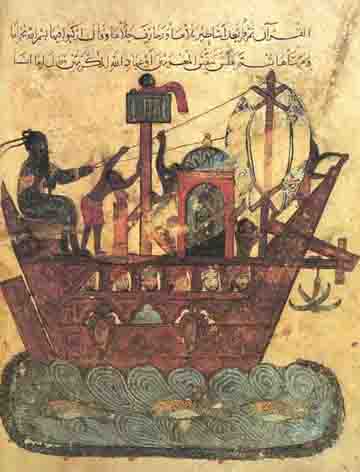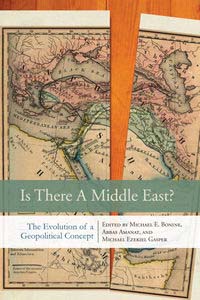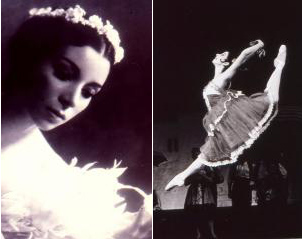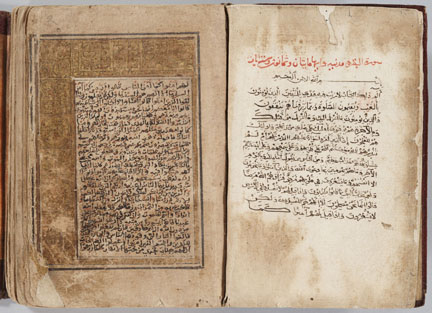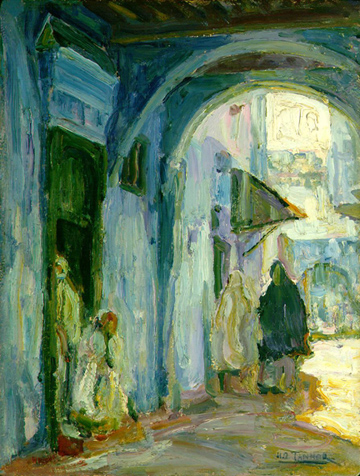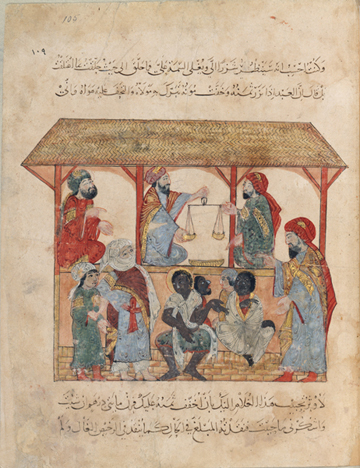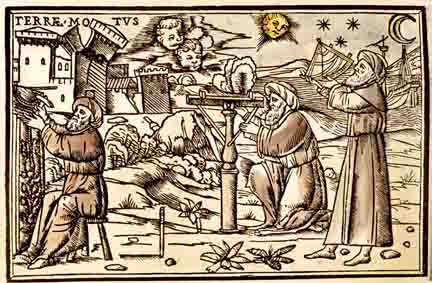
Sailing Seasons in the Red Sea and Indian Ocean:
The View from Rasulid (13th-14th Centuries) Aden
by Daniel Martin Varisco
[This is a lecture presented at the Red Sea Trade and Travel Study Day of the Society for Arabian Studies at the British Museum, October 5, 2002, and subsequently published in Yemen Update. For Part 1, click here.]
Monday, 13 Rajab, 691 (June 30, 1292)
Bismillah al-rahman al-rahim. I, Ibn al-Mujabbir, begin this diary full of hope, a pilgrim sure of his destination, not a lost soul adrift. Who but God in his indescribable mercy could have provided a calmer sea and more willing wind to our sails than our good fortune holds aboard this ship, Hut Yunis. As Jonah was saved in God’s good time, so I trust in that very God to set foot once again in my homeland. There are three ships under the protection of the Karimi assurances, traveling together for safety and among the last of the season bound south for Yemen. I humbly beg forgiveness from the One before whom I submit, who knows the danger in every unseen shoal.
In two hours time, before the evening prayer, the captain informs me we will put ashore in a safe place. We sail by day in sight of land, but at night we rest. As God is our only guide, the wisely guided do not lead themselves into temptation. There are many dangers here, for they say the devil himself is master of the sea when darkness settles and the afarit do his bidding. Even Solomon, wise and powerful as God made him, took precaution when traveling to see Sheba’s beauty queen. Should I, a poor Yemeni born in Zabid, and now a stranger to no land where freshly minted Kamiliya dirhams are valued, do less. There are, I trust, no monsters in these depths, but the jinn inhabit all seven climes and more, if there be more. Continue reading Travels with Ibn al-Mujabbir #2
